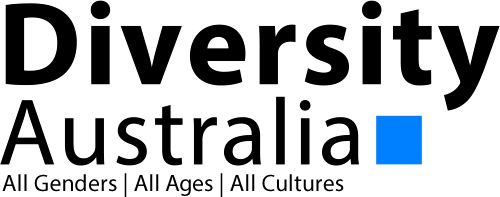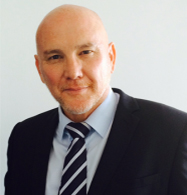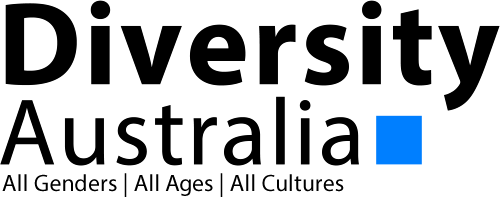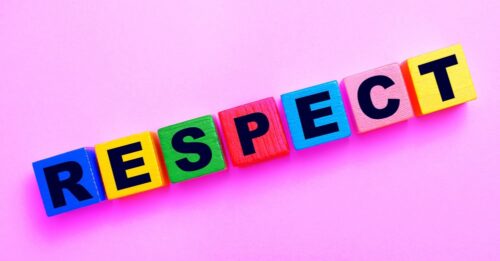This book offers new insights and understanding for both managers and academics into people’s preferred thinking styles and how they affect ways of doing things, their outcomes, and other people, both in organisations and elsewhere.
The core of the theory Understanding Adaption-Innovation The Adaption-Innovation Theory is founded on the assumption that all people solve problems and are creative. This theory is directly concerned only with style; with how people solve problems. Both potential capacity (intelligence or talent) and learned levels (such as management competence) are completely independent characteristics and assessed by other measures. This means that innovators and adaptors can each be found at every kind of these levels – from the highest to the lowest.
In addition, the terms ‘more adaptive’ or ‘more innovative’ are more precise than ‘adaptors’ and ‘innovators’, for the theory describes a normally distributed continuous range and not just two types. The more adaptive prefer their problems to be associated with more structure, and with more of this structure consensually agreed, than those who are more innovative. The more innovative are more tolerant, at least while in the pursuit of a solution, of a looser guiding structure. However, all brains need such structure or they cannot operate.
Indeed, at the very core of the brain’s success is the amount of structure it can accumulate and use well in solving the problems it perceives as needing to be solved. Just one example of structure is language – no other organism could have written this text or be able to read it. Many other structures are required, e.g., the preferred style with which we solve problems, the content of our memory, and our array of skills. Other vital guidelines that are built up by learning are our attitudes and beliefs, which allow us to access information into understood patterns. One of the key notions of the book is the paradox of structure: that it is, at one and the same time, both enabling and limiting.
We endeavour constantly to exploit structure and manipulate its limits. Adaptors and innovators do so differently. One way of summing up these differences is to say that the more adaptive prefer to solve problems by the use of rules and the more innovative do so despite the rules. Here, ‘rules’ are used to represent all cognitive structures.
Examples of other terms are theories, policies, precedents, terms of reference, and paradigms. The argument also advanced, supported by research, is that these differences in preferred style are stable but that we nudge the limits they impose by copingbehaviour. Another key element in the theory is that only individuals think. Brains cannot be linked together like computers. Whenever I ask you for help, and you agree, we are each instantly faced with two problems.
Problem A is the reason we have formed the group – the reason for the formation of any group of living creatures – for mutual self-help. But we have also acquired Problem B; how to manage each other – all without aid from instinct, as is explored fully in a following chapter. The main thought that emerges is that unsuccessful problem-solving teams spend more energy on Problem B than Problem A. Yet we need each other; there are too many limits on individuals working alone for them to solve most large, complex problems. Another thought explored is that such diversity of problems require, for their resolution, a diversity of resources, including a diversity of problem solvers (which brings us back to Problem.
B). Adaption-Innovation is just such a diversity of resource. The more diversity of resources at a team’s disposal, the greater is its potential to resolve an array of problems. But stockpiling diversity is an added burden, for diverse teams are more difficultto manage. In the case of style, this is because each individual’s preference can also be seen to have disadvantages and to be a potential source of cost, friction, and distraction. Each individual is a unique diversity (or, strictly, a complex of diversities) and,within a group, has to face this problem in two ways: How to present one’s own diversity as more useful than expensive and, for the same reason, to be tolerant of another’s similar presentation. The whole range of diversity needs to be managed well for the common good. If not, then although such management of change may be efficient, it will be narrow. It will be argued that the adherents of competing narrow views are liable to produce a pendulum of vacillation instead of a progression of change. Such narrow-ranging views are likely to create resistors to change.
Attribution: Dr M. J. Kirton, D.Sc., AFBPsS, Occupational Research Centre.He originated the Adaption-Innovation Theory and its measure KAI. He was awarded a DSc by the Council for National Academic Awards in 1991 for his work on Adaption-Innovation.



















